Daily check for foxtails after each walk
Partager
Index
-
What are foxtails and why are they dangerous for dogs?
-
Where and when do they appear most frequently?
-
How do foxtails affect dogs?
-
Symptoms of an ear of corn stuck in your skin
-
Most affected body areas
-
How to prevent problems with foxtails
-
What to do if you think your dog has a foxtail
-
Daily check: the best shield against wheat stalks
-
Conclusion
1. What are foxtails and why are they dangerous for dogs?
Grass awns are the dried seeds of some grasses (such as wild oats or wild wheat) that appear in spring and summer. Although they seem harmless, these small plant structures can pose a serious health risk to dogs. Their pointed shape and ability to easily snag on fur or skin mean they can penetrate the animal's body relatively easily. Once inside, they don't retreat; they move in a straight line, causing infections and tissue damage.
2. Where and when do they appear most frequently
The seeds appear mainly in rural areas, unmowed fields, neglected parks, roadsides, and wild gardens. However, it's very likely you'll also find them in any park near your home at this time of year. Be especially careful if you're walking in open fields. They are particularly abundant from late spring to late summer , coinciding with the growth and drying of many plants. This period coincides with the time when we take our dogs for walks most often, which increases the risk of contact.
3. How do foxtails affect dogs?
Grass awns can cause anything from minor discomfort to serious health problems. Once embedded in the skin or entering natural orifices (nose, ears, eyes, genitals, or paws), they can cause infections, inflammation, and even perforations if they migrate to internal areas. Their main danger lies in the fact that they often go unnoticed until they have already caused a more complex problem.
4. Symptoms that a foxtail has become embedded
Detecting a foxtail early is key. Some symptoms that may indicate a foxtail has entered a dog's body are:
-
Sudden limp after a walk
-
Obsessive scratching or licking in a specific area
-
Constant head shaking (in case of grass awns in the ears)
-
Repeated sneezing, sometimes with blood (if it has lodged in the nose)
-
Inflammation, redness, or the presence of a lump
-
Abnormal secretions from the eyes, ears, or genitals
-
Lethargy or decline
If you notice any of these symptoms after a walk in areas with dry vegetation, go to the vet as soon as possible.
5. Most affected body areas
The grass awns can attach to any part of the body, but there are certain areas that are especially vulnerable:
-
Ears : very common in dogs with floppy ears or a lot of hair
-
Interdigital spaces (between the toes ). This is the area we most recommend checking. If you've walked in a park with foxtails, we're almost certain your dog will have more than one, both on their front and back paws.
-
Armpits and groin
-
Eyes and eyelids
-
Nose
These areas should be checked carefully after each walk . It's important to spend 5 to 10 minutes thoroughly checking each toe.
6. How to prevent problems with foxtails
Prevention is always the best tool. Some measures you can take to avoid problems are:
-
Avoid walking through fields with tall or dry grass during the wheat season.
-
Use a fine-toothed comb after your walk to remove any grass seeds from your dog's coat. At La Casa de Turrón, we recommend the self-cleaning brush to make removing grass seeds easier.
-
Visually check the dog's body upon arriving home, paying special attention to paws, ears, eyes, and nose.
7. What to do if you think your dog has a foxtail
If you suspect your dog has a foxtail embedded in its ear, do not attempt to remove it yourself unless it is visible and superficial. Manipulating a foxtail can push it further in. It is best to see your veterinarian as soon as possible . In many cases, it will be necessary to anesthetize the dog to remove the foxtail without causing pain or further damage. Ignoring the problem can lead to serious infections and the need for surgery.
8. Daily inspection: the best shield against wheat ears
After every walk in spring and summer , take a few minutes to check on your dog. This simple routine can prevent serious problems. Pay attention to:
-
The legs, especially between the toes and in the area they support
-
The inside of the ears
-
The eyes and the tear duct area
-
The groin and armpits
-
Any lumps, redness, or unusual behavior
Make this check a calm and positive experience for your pet. Making it a routine will help you detect foxtails early. Often, your pet will be bothered or hurt while you're checking and removing them and may try to move away or push your hand away. At La Casa de Turrón, we recommend having a toy handy to keep your pet entertained so you can give them a thorough check.
9. Conclusion
Grass awns are a silent but very common enemy during the warmer months. Although they may seem harmless, they can become a real threat to our dogs' health if not detected in time. The best defense is prevention: avoid high-risk areas, keep your dog's coat clean and trimmed, and always check their body after every walk. A few minutes of attention can prevent bigger problems and protect your companion's well-being.
Taking care of your dog also means being aware of these small dangers that, although they often go unnoticed, can have serious consequences if action is not taken in time.
